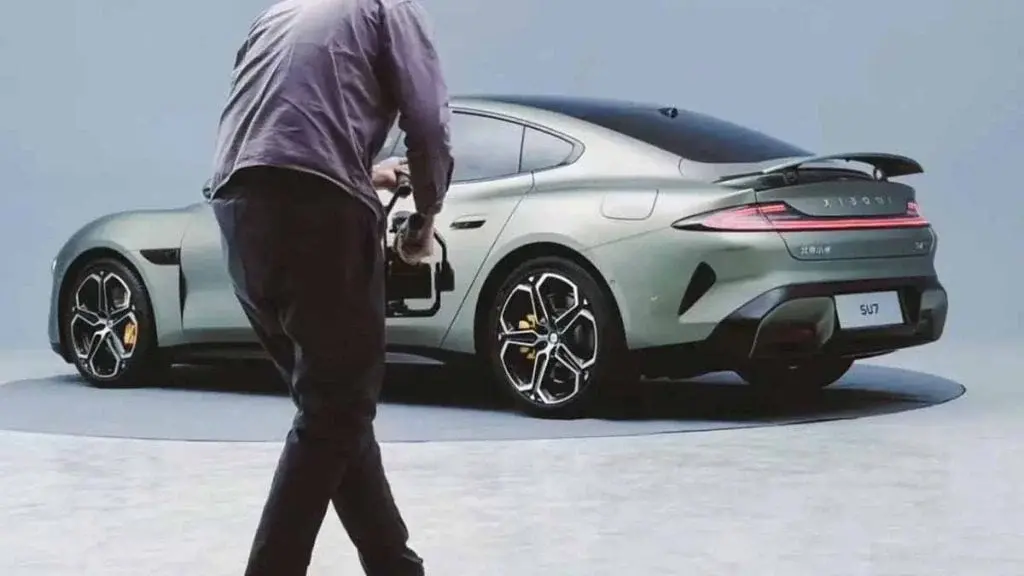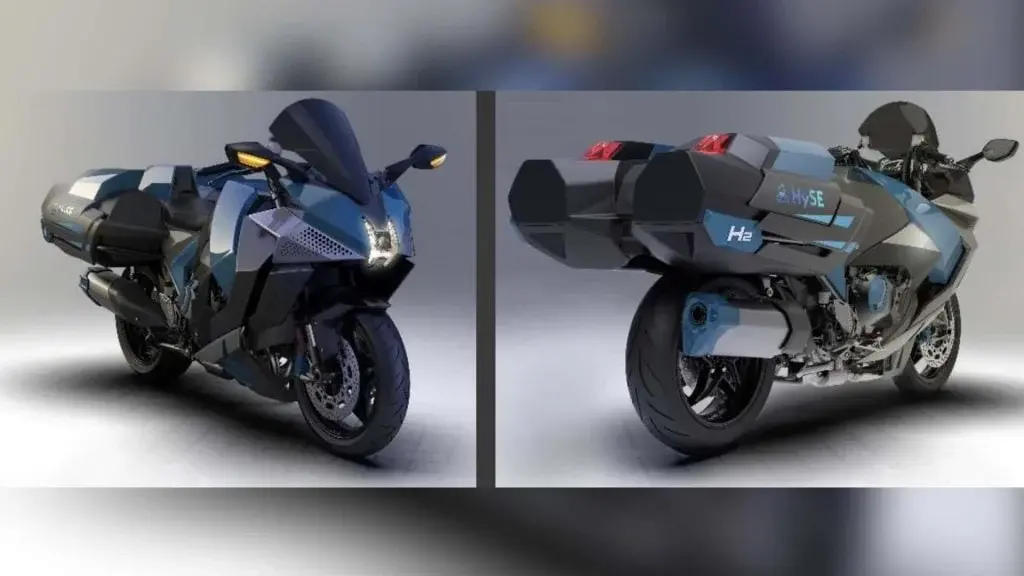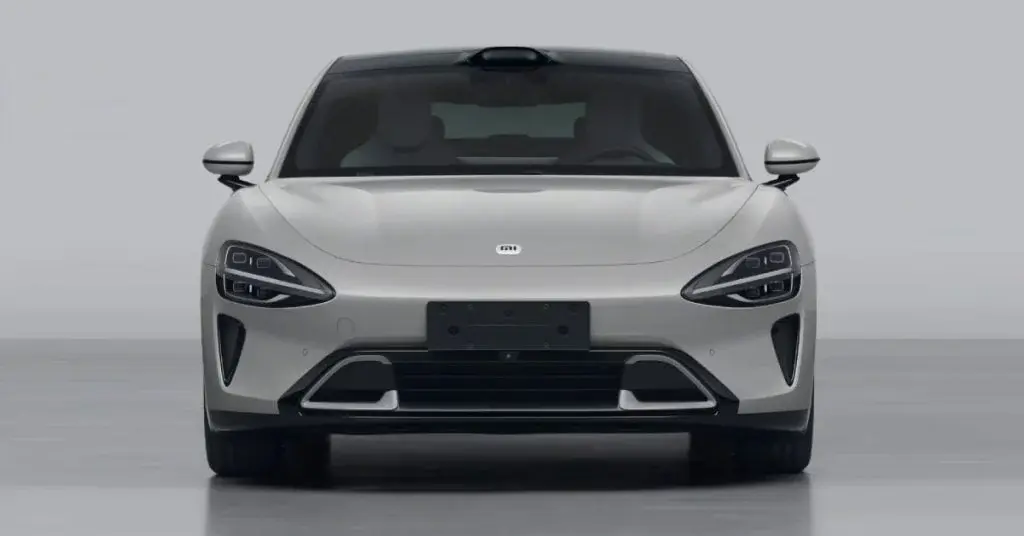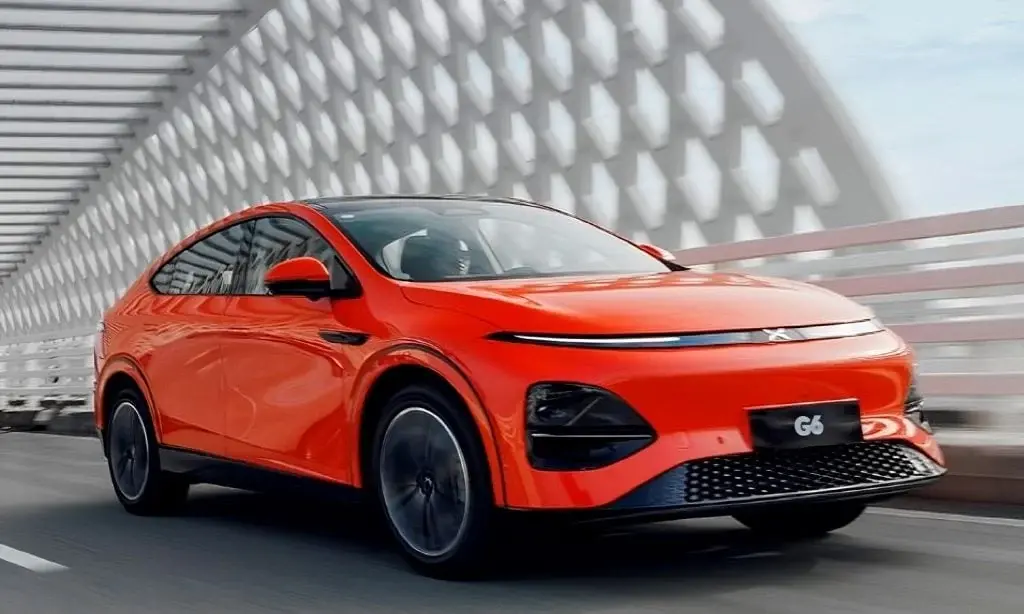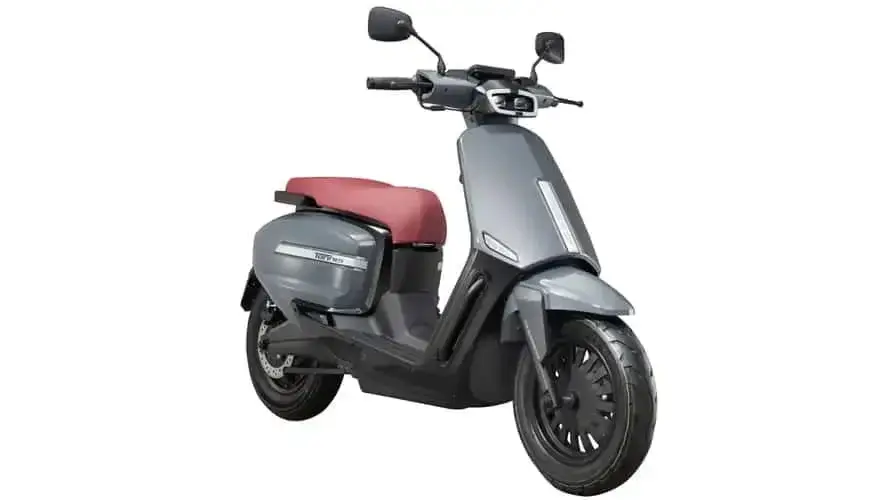Xiaomi SU7 Electric Vehicles On the Horizon with Exciting Details Unveiled
Xiaomi continues to expand its product lineup, and the latest addition is the SU7 series electric vehicle models. Recently, these vehicles have been spotted on roads without camouflage during tests, indicating that the vehicle is almost ready. Although the Chinese manufacturer hasn’t shared details about the selling price and release date yet, there’s a promising sign that we’ll soon have answers to these questions. The advertising campaign for the Xiaomi SU7 has officially started, providing us with some exciting details.
Marketing Campaign and Release Date
When introducing a new product, the marketing campaign is just as important as the product itself. Xiaomi understands this and has started advertising shoots for the SU7 series electric vehicle. While the images shared from the advertising shoot do not provide us with any new information, they have hinted that the release date of the vehicle is approaching.
Lineup and Availability
Xiaomi’s initial lineup of electric vehicles will include three models: SU7, SU7 Pro, and SU7 Max. The anticipated timeframe for mass production and release is the first half of 2024. The company aims to make these vehicles accessible to a wide audience by offering both single and dual motor options, with an expected price target of approximately $20,000. However, it’s important to note that the final pricing details are still being determined.
Specifications and Features
Here are the specifications and features of the Xiaomi SU7 series electric vehicles:
Xiaomi SU7
- Body Style: Electric sedan
- Dimensions (mm):
- Length: 4,997
- Width: 1,963
- Height: 1,455 (1,440 w/o LiDAR)
- Wheelbase: 3,000
- Curb Weight (kg): 1,980
- Wheel Options: 19-inch and 20-inch
- Tire Specifications: 19-inch: 245/45 R19, 20-inch: 245/40 R20
- Top Speed (km/h): 210
- Powertrain: Pure electric
- Powertrain Options: RWD, 220kW (295hp) motor
- Other Features: Optional LiDAR technology, Active rear wing (on some trims)
- Dimensions Similar to: Tesla Model 3, Nio ET5
- Expected Launch Date: Q1 2024
Xiaomi SU7 Pro
- Body Style: Electric sedan
- Dimensions (mm):
- Length: 4,997
- Width: 1,963
- Height: 1,455 (1,440 w/o LiDAR)
- Wheelbase: 3,000
- Curb Weight (kg): 2,205
- Wheel Options: 19-inch and 20-inch
- Tire Specifications: 19-inch: 245/45 R19, 20-inch: 245/40 R20
- Top Speed (km/h): 265
- Powertrain: Pure electric
- Powertrain Options: AWD, 275kW + 220kW (386hp) dual motors
- Other Features: Optional LiDAR technology, Active rear wing (on some trims)
- Dimensions Similar to: Tesla Model 3, Nio ET5
- Expected Launch Date: Q1 2024
Xiaomi SU7 Max
- Body Style: Electric sedan
- Dimensions (mm):
- Length: 4,997
- Width: 1,963
- Height: 1,455 (1,440 w/o LiDAR)
- Wheelbase: 3,000
- Curb Weight (kg): 2,205
- Wheel Options: 19-inch and 20-inch
- Tire Specifications: 19-inch: 245/45 R19, 20-inch: 245/40 R20
- Top Speed (km/h): 265
- Powertrain: Pure electric
- Powertrain Options: AWD, 275kW + 220kW (386hp) dual motors
- Other Features: Optional LiDAR technology, Active rear wing (on some trims)
- Dimensions Similar to: Tesla Model 3, Nio ET5
- Expected Launch Date: Q1 2024
With these impressive specifications and features, the Xiaomi SU7 series electric vehicles are set to make a mark in the market. As the release date approaches, Xiaomi’s advertising campaign will continue to generate excitement among potential buyers. Stay tuned for more updates on the pricing and availability of the Xiaomi SU7 series electric vehicles.

